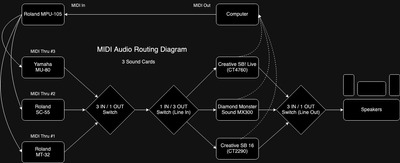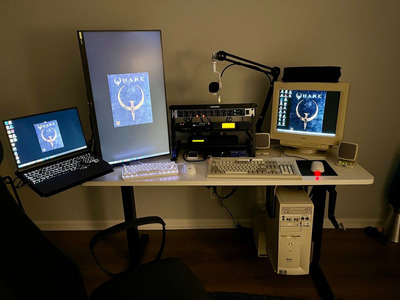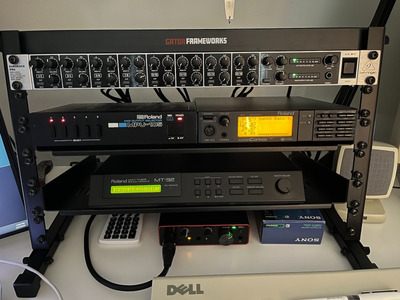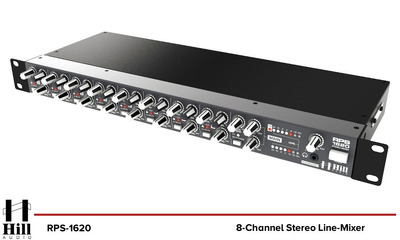First post, by epborden
Hey all, seeking MIDI advice. I have a Windows 98 machine with 1 ISA slot. It is occupied by an SB 16 CT2290 for DOS games and MIDI duties. For Windows games, I have a Diamond MX300 and an SB Live CT4760 with Live Drive (version 1, with standard MIDI connectors) for A3D and EAX. SB 16 emulation and MPU is disabled on these. Additionally, I have a Serdashop Dreamblaster X16GS waveblaster board in the mix.
I am currently using a classic DB15 to MIDI adapter cable from the SB 16 to a Roland SC-55 with plans to add an MT-32 and other devices. It works, but I feel like I should do better.
- Since I only have the 1 ISA slot is the adapter cable my best bet?
- Would the Serdashop DB15 to MIDI adapter be better than a cable?
- Cut my losses and use only one sound card, if so, which one?
- Find another motherboard with more ISA slots?
I understand there are plenty of ISA-based options that would be more true to form but unfortunately I can't afford another slot.
What would you do in my situation? Knowing the above, is there a best path forward?



